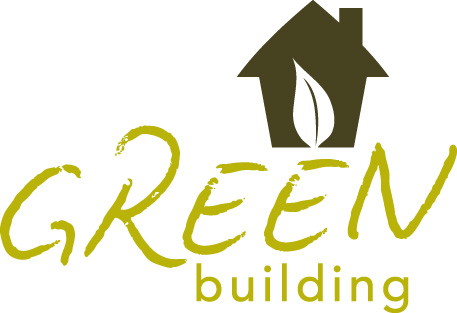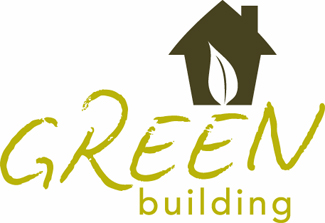Building Green: Water Conservation
When we talk about “building green,” it is often assumed that we are talking about energy efficiency. Although energy efficiency is an essential element, building green is really about the thoughtful use of all natural resources, including water.
There are several ways we can help our homeowners conserve water in their new homes, no matter what style or design is desired. Our trade partners and suppliers join us in making sure that comfort and convenience are not sacrificed for efficiency.
To plan for water conservation, we take a close look at how, what, and where water will be used in a house. Naturally, we think of the kitchen, bathrooms, and laundry rooms, but we also examine the use of water for irrigation and other outdoor needs.
Within each of those areas, we consider the appliances and fixtures. In the kitchen, for instance, dishwashers are far more water-efficient and energy-efficient than those of just a decade ago. By offering a wider range of cycles and cleaning modes, these appliances reduce the amount of water to the minimum needed for the job. Energy-saver cycles run for a shorter amount of time and with less heat.
Every kitchen also contains at least one sink and faucet pair, sometimes more in gourmet kitchens. New home owners can select low-flow and more durable faucets as well as self-contained hot water dispensers. Low-flow faucets dispense a lower volume of water without diminishing useful water pressure. Self-contained hot water dispensers save energy by delivering piping hot water without engaging the home’s water heater.
Bathrooms provide several opportunities to reduce water use. The engineering of low-flow faucets, shower heads, and toilets has improved the performance of these products to match or exceed that of the old, more wasteful designs.
Sometimes we suggest tankless water heaters, an innovation that provides instant hot water to some or all of the faucets, rooms, or water-using appliances in the entire house. In a large house, a lot of water can flow down the drain before hot water reaches the user. Tankless or “on-demand” water heaters save water (and heating energy) because they do not have to wait for the water held in a traditional water heater — perhaps up to 60 gallons — to warm up to a desired temperature as it flows through the pipes and out the spout.
Of all the water-using appliances, perhaps clothes washers have come the furthest in conservation design. Like dishwashers, they are engineered for a variety of cycles. Water level and temperature can be selected, depending on the type and volume of clothes being washed. Front-loading units, for example, allow homeowners to wash more clothes per load, thus reducing the number of loads (and water used) to get them clean. All machines have improved their per-load efficiency, as drum and agitation technology have advanced to do a better job with less water.
Finally, we often encourage homeowners to consider native and drought-tolerant landscaping for their new homes, which reduce the amount of irrigation water needed to keep them healthy and flourishing. Even with more traditional plant selections, the use of drip and in-ground irrigation systems is far more water-efficient than the use of a hose and sprinkler and will achieve a better result. More sophisticated rainwater collection and pump-irrigation systems can be an eco-friendly way for a homeowner to recycle water and to lower the use of potable (city-treated) water.
As with most features that affect the comfort and on-going costs of a home, higher performance standards are achieved through a partnership between us as a builder, in our design and the products and construction practices we employ, and our homeowners, as the users of those systems. Ultimately, the effective conservation of water depends on lifestyle choices that optimize the products and systems we install.

